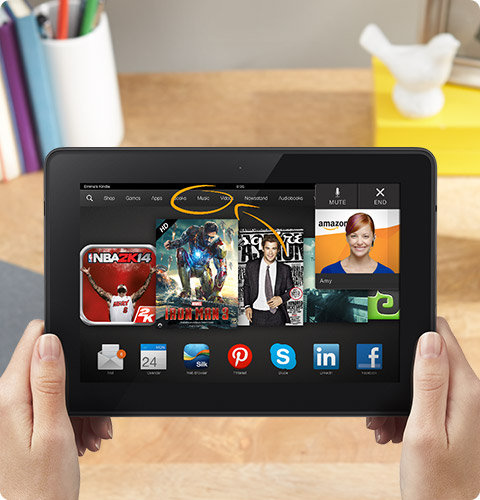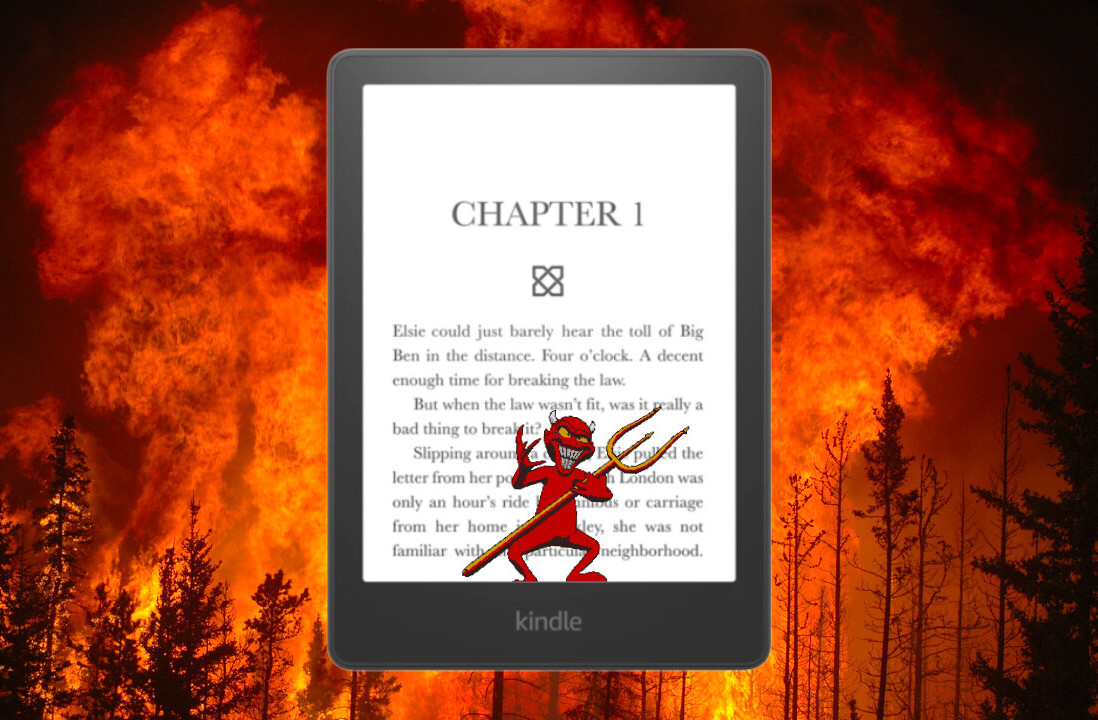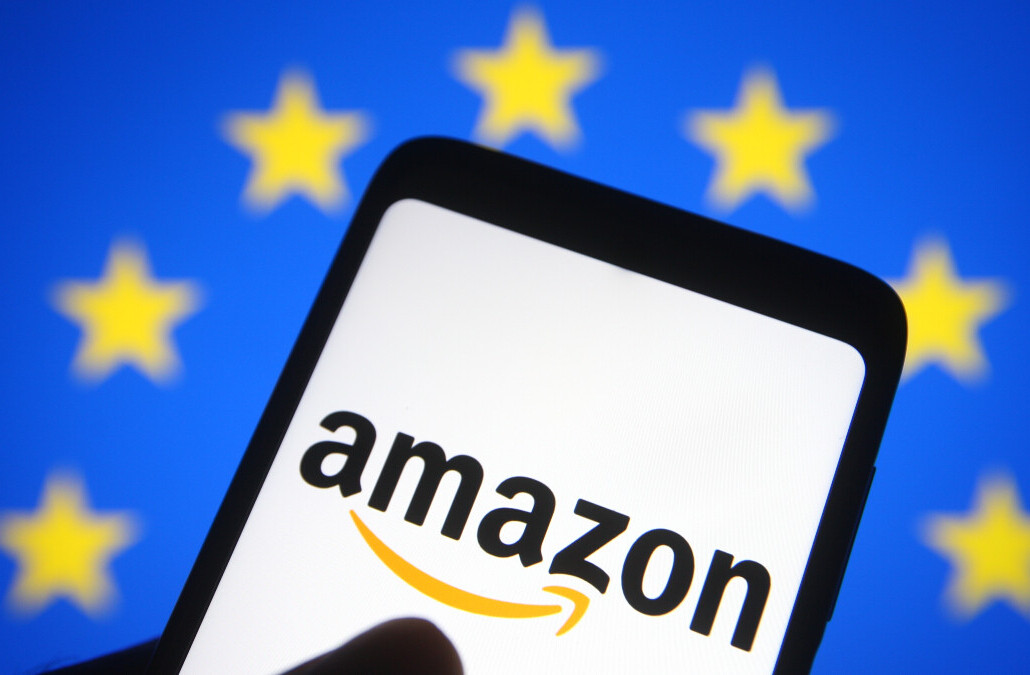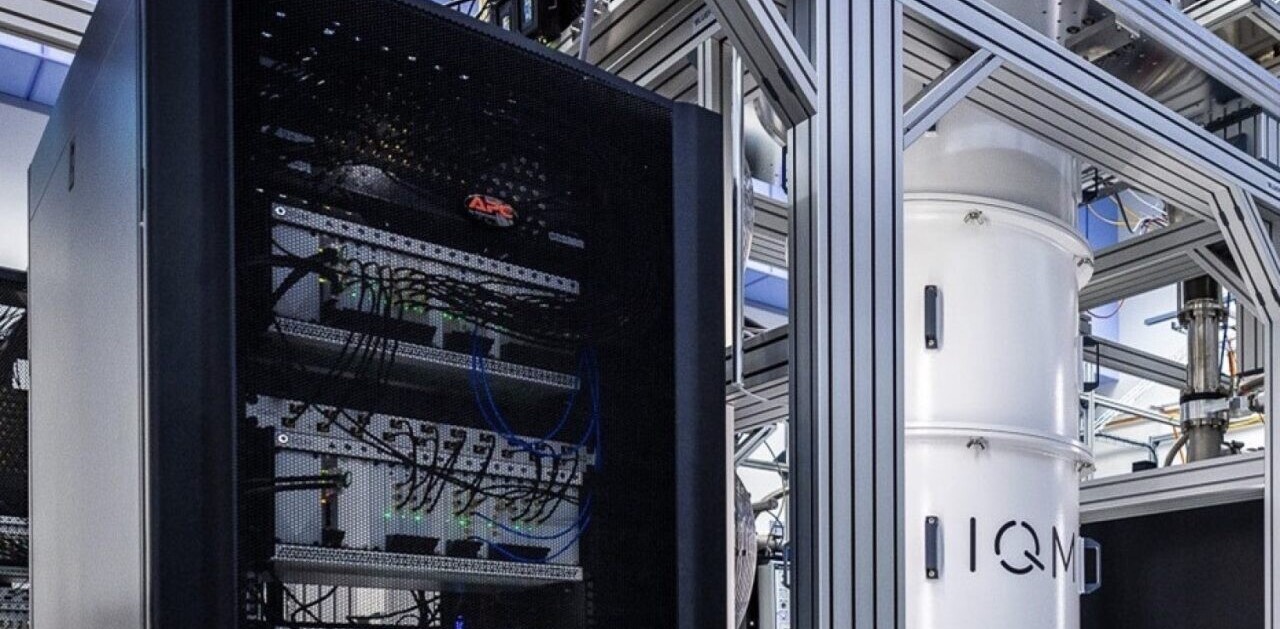
Amazon launched the latest version of the Kindle Fire tablet today. As impressive as the specs, price and 2 GHz processor are, plenty of attention has gone to Mayday: a button that summons Amazon customer support staff on demand.
The Verge describes it as a virtual version of the Genius Bar tech support offered in Apple Stores. That’s spot on, but with the added bonus that it is tailored to everyone, not just the (tech-savvier) Apple crowd.
Why is this a big deal?
No-one has done anything like this before. Bear in mind that this is a 24-hour service, and it’s free. In effect, you can turn to Amazon for anything or everything related to your device at any time of day.
That’s the theory, and it remains to be seen how the service handles real-world conditions, i.e. when it’s flooded with requests, but it’s certainly a compelling concept. It’s all the more potent when you consider the context behind it.
Tablet computing is tipped to overtake desktop PC shipments soon and, already, in many homes a tablet device is the main ‘computer’ for browsing the Web, photos, watching TV-on-demand and more.
Indeed, just this week, UK retailer Tesco made its move for the family computer space with its own-brand £119 ($190) tablet.
Many aspire to own an iPad, since Apple’s tablets started the industry and have continued to lead in terms of innovation and quality — not to mention that they connect through to Apple’s app and services ecosystem — yet other devices continue to grow in popularity, most likely because consumers can’t justify the outlay.
Indeed, spending $499 on an iPad isn’t for everyone. Maybe you have other financial items to take care of, or are reluctant to pay top dollar for a device that might get knocked about a bit in the hands of children.
Cue the Kindle Fire, priced from $229, with a bunch of impressive specs.
Suddenly, not only is it affordable, but it’s becoming remarkably attractive — and, moreover, with Mayday, it’s promising to be tech proof.
‘Their jaws hit the table’
The Mayday feature was trialed with a limited number of users before launch. Amazon CEO Jeff Bezos told Business Week that “when beta users discover and use this feature, their jaws hit the table.”
“They are not expecting to have a tech support person appear on their screen,” he added, “and once that happens they are not expecting the tech support person to actually draw on their screen.”
Bezos drilled down into more detail on how he believes the feature can play out for Amazon and its customers:
The classic thing people do today when they have a problem with their tablet is that they wait until their spouse or parent or children get home to help them. We think this will be a game-changer. It’s a whole new way to do tech support. Nothing like this has ever been attempted before. It is the kind of thing that Amazon is uniquely well-suited to do. It marries high-tech and heavy lifting, which, if you look at our history for even five minutes, you would know is one of the things we have uniquely done in this industry.
What’s interesting about the Kindle Fire is that Bezos isn’t just targeting Mom and Pop consumers, who might shy away from Apple’s bells and whistles, but enterprise users and even ‘young’ consumers.
Going after enterprise and young consumers too
In the Businessweek interview, Bezos says he is “open” to adding access to apps from Google and others to the Amazon App Store — which could address one drawback of Amazon’s more limited app ecosystem — while he explains that the level of interest that corporate companies have expressed in the Kindle Fire took Amazon by surprise.
With that in mind, the company is aggressively pursuing the business demographic too.
“We have really doubled down on all the productivity elements, such as interfacing with Microsoft Exchange services, doing a VPN really well so you can get on the corporate intranet, and encryption of data. People don’t want both an entertainment and a corporate work tablet. They want one tablet,” Bezos added.
There are plenty of demographics that will prefer to spend their money on an iPad — Apple continues to sell older versions at a discount — or enjoy the full range of Android apps with a tablet from Google’s Nexus range, or Samsung’s Galaxy series, but — for the rest, the ‘mass market’ — the Kindle Fire just got a lot more attractive.
Headline image via Thinkstock
Get the TNW newsletter
Get the most important tech news in your inbox each week.







